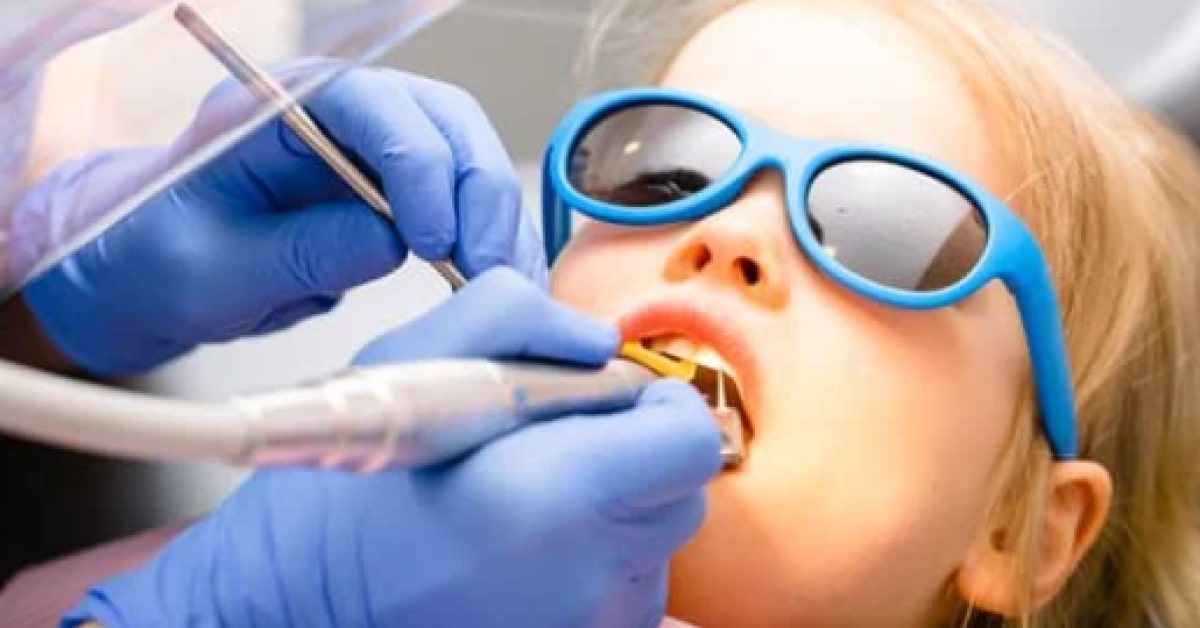Blog
March 02, 2020 • 5 min readHow Sleep Apnea Can Affect Pediatric Patients
Sleep apnea can affect children too, with 1 to 4% of children experiencing it. It is a devastating sleep disorder that can negatively impact health, wellness, and basic functioning if left undiagnosed.
Author

Joe Magness, DDS
Devdent CEO

In this Article
The question, “How did you sleep last night?” has often been answered with, “I slept like a baby.” While it is common to think that only adults have health issues that affect their sleep, it’s not entirely true. Sleep apnea can happen to children too. The American Sleep Apnea Association estimates that 1 to 4% of children experience pediatric sleep apnea, with a large amount being between 2 and 8 years old. No matter the age, sleep apnea is a devastating sleep disorder that can negatively impact health, wellness, and basic functioning if left undiagnosed and untreated.
How Sleep Apnea Can Affect Pediatric Patients
Pediatric sleep apnea may be the most critical sleep disorder to diagnose and treat because it can affect growth and cognitive development. In children who are not fully grown and developed yet, these are crucial factors. Also, early diagnosis can stop the sleep disorder before the child becomes one of the 22 million American adults suffering from sleep apnea. Sleep apnea in adults most often leads to daytime fatigue along with other health problems, but sleep apnea in children is more likely to cause behavioral issues as well as other health problems.
Daytime Signs and Symptoms of Pediatric Sleep Apnea
- Hyperactivity including ADHD
- Difficulty paying attention
- Problems with learning
- Performing poorly in school
- Poor weight gain
- Failure to grow
- Hormonal or metabolic problems
Nighttime Signs and Symptoms of Pediatric Sleep Apnea
- Bedwetting
- Sleepwalking
- Snoring
- Sleep terrors
- Mouth breathing
- Snorting or choking
- Restless sleep
- Pauses in breathing
Treatment for Pediatric Sleep Apnea
It is clear how sleep apnea can affect pediatric patients, but what does treatment look like for pediatric patients? Well, treatment varies depending on the underlying cause, which for many children experiencing pediatric sleep apnea is enlarged adenoids and tonsils. Other potential causes are childhood obesity, issues with head and facial bone structure, and neuromuscular disorders.
Treatment may include:
- Surgical removal of the adenoids and/or tonsils
- Positive airway pressure therapy
- Oral appliances
- Weight management through nutrition and exercise
If you notice any symptoms that could be caused by pediatric sleep apnea in your child, notify a healthcare provider to start the diagnosis and treatment as soon as possible. You can even ask your dentist on your child’s next visit if they are trained in sleep medicine, as many dentists are. They will be able to set up a sleep test that is reviewed and diagnosed by a board-certified sleep specialist. Once you have the diagnosis, you can discuss treatment with oral appliances with your dentist or go to a specialist for tonsil removal.



